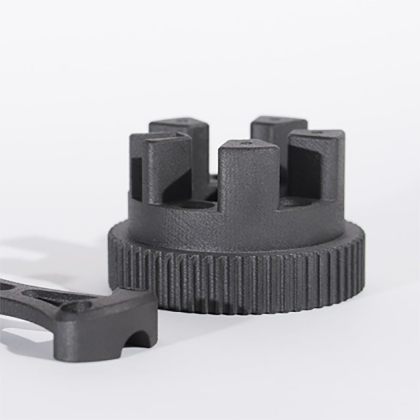As we delve into the realm of 3D printing technology, it becomes evident that this innovative process is not merely a trend but a transformative force across multiple sectors. From healthcare to aerospace, the applications of 3D printing are expanding rapidly, promising to revolutionize how products are designed, manufactured, and delivered.

Understanding 3D Printing Technology
At its core, 3D printing technology, also known as additive manufacturing, involves creating three-dimensional objects from a digital file. This process typically includes layering materials such as plastics, metals, or even biological substances to build complex structures. But what makes this technology so appealing?
- Customization: 3D printing allows for the production of highly customized products tailored to individual needs.
- Reduced Waste: Unlike traditional manufacturing methods, which often involve cutting away excess material, 3D printing minimizes waste by adding material only where needed.
- Rapid Prototyping: Designers can quickly create prototypes, facilitating faster iterations and innovations.
Innovations on the Horizon
Several exciting innovations in 3D printing technology are poised to change industries significantly. For instance, advancements in materials science are leading to the development of stronger, lighter, and more versatile materials. These materials can withstand extreme conditions, making them suitable for aerospace and automotive applications.
Moreover, the integration of artificial intelligence (AI) with 3D printing technology is enhancing the design process. AI algorithms can analyze vast datasets to optimize designs for performance and manufacturability. This synergy between AI and 3D printing could lead to unprecedented efficiencies and capabilities.
Applications in Various Industries
The impact of 3D printing technology is already being felt across various sectors:
- Healthcare: Customized implants and prosthetics are being produced using 3D printing, improving patient outcomes.
- Aerospace: Lightweight components manufactured through 3D printing contribute to fuel efficiency and performance.
- Construction: 3D-printed homes are emerging as a solution to housing shortages, offering quick and cost-effective building methods.
Challenges and Considerations
While the future of 3D printing technology is bright, it is not without challenges. Issues such as intellectual property concerns, regulatory hurdles, and the need for skilled labor must be addressed. However, with ongoing research and development, these challenges can be overcome.
As industries continue to explore the potential of 3D printing technology, it is essential to stay informed about the latest advancements. For those interested in high-quality 3D printing services, consider exploring options like  , which offer innovative solutions tailored to specific needs.
, which offer innovative solutions tailored to specific needs.
Conclusion
In conclusion, the future of 3D printing technology is filled with promise and potential. As innovations continue to emerge, they will undoubtedly reshape industries, enhance efficiency, and foster creativity. By embracing these advancements, businesses can position themselves at the forefront of this technological revolution.








